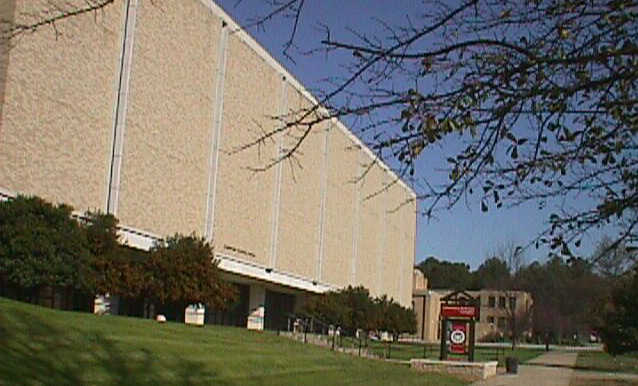
Department of Chemistry
and Physics
 |
Department of Chemistry and Physics |
| CHEM1013 |
Exam 4
|
SHOW WORK ON ALL PROBLEMS
1. Circle the combinations which could serve as buffer solutions.
(10 points)
| a) HCl / NaCl | b) NH3 / (NH4)2SO4 |
| c) H2O / NaOH | d) HOCl / KOCl |
| e) H3PO4/ KH2PO4 |
2. Calculate the pH of a buffer solution made from 0.40 M acetic acid and 0.60 M sodium acetate. Ka = 1.8 x 10-5 (10 points)
3. Calculate the pH of a buffer solution made from 0.60 M acetic acid and 0.60 M sodium acetate after the addition of 0.08 mol of NaOH. Assume no change in volume. Ka = 1.8 x 10-5 (10 points)
4. What would be the buffer range for an acid if its Ka = 1.6 x 10-5 ? (4 points)
5. Determine a) the order of each reactant, b) the order of
the reaction, c) writ the rate law and d) calculate the rate constant,
k, for the following data: (place answers in spaces beow. 15
points)
| Reaction |
|
|
|
| 1. |
|
|
|
| 2. |
|
|
|
| 3. |
|
|
|
Order of A Order of B .
Reaction Order Rate Law .
k = .
6a. The decomposition of AB3 is first order with a k = 1.5 x 10-5 s-1 at 25oC. If the initial concentration is 0. 50 M, what is the concentration after 2 min? (6 points)
6b. What is the half-life for the reaction in 6a? (4 points)
7. Draw the potential energy vs. rection coordinate plot for
the exothermic reaction of
2 A ------> C + D. Label all parts.
(6 points)
8. Write the Arrhenius equation. (5 points)
9. Fill in the blank. (5 points)
a) List the three types of catalysts , , .
b) Reactants in enzyme reactions are called .
c) The Haber Process is used to .
10. Write the rate expression in terms of D[reactant]/ Dt and D[product]/ Dt for the reaction: (6 points)
11. Define Collision theory. (4 points)
12. Define rate determining step. (4 points)
13. Define catalyst. (4 points)
14. Given the rections below, answer the following questions. (7 points)
rxn 1: 2 NO2 --------> N2O4
rxn 2: N2O4 + CO -------> NO + CO2 + NO2
a) what are the individual steps called?
b) what compound is the intermediate in this mechanism?
c) write the overall reaction